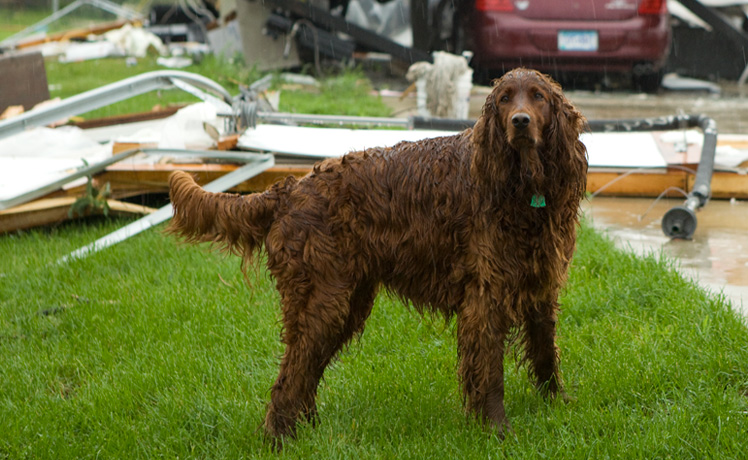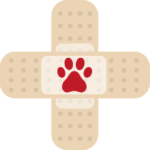
How to Protect Your Pooch in a Tornado
In Nebraska, spring brings beautiful blooms…and ugly storms. That’s why it’s important to have an emergency preparedness plan for your 4-legged family members as well as for your 2-legged ones.
Get Your Dog to Safety
- Bring your dog indoors if tornados are forecast. You may not have time to do so later. Be proactive.
- Make your family shelter Fido friendly. If your family heads to the basement or a utility room during a tornado, keep a kennel or a pet carrier there, too. Not only will the carrier give your dog added protection it may also make it easier to transport your pet after the storm. If you don’t have a kennel or carrier, keep your dog on a leash. Also keep a pet bed and some toys in your shelter.
- Having your dog with you during a storm will help to keep your pooch calm. BUT if you can’t do that, keep them in a windowless interior room on the lowest level of your house.
- Make your shelter doggie safe. Don’t keep tools, paint, garden supplies or other dangerous items in or near your shelter. Also block access to “escape routes” in case your dog gets frightened and tries to bolt.
- Train your dog to go to the shelter upon command and practice storm drills with your pet as well as your family.
- Consider kenneling your dog during a “Tornado Watch” rather than waiting for a “Warning” if it’s stormy. Many pets hide during thunderstorms and won’t always come when called. You may not have time to find your dog if the sirens sound.
Collar, Tags and Microchipping Are Important
- Make sure your dog is identified clearly with a collar, up-to-date tags and hopefully a microchip. This will help to ensure recovery of your beloved pooch if he or she becomes lost during the storm.
- We highly recommend microchipping because a microchip is much more reliable than a collar and can’t fall off. If you and your dog are separated—during a natural disaster or at any time—this gives you the best chance of a happy reunion.
Keep Pet Supplies in Your Shelter
- Dog food, bottled water, bowls and a manual can opener if needed
- Pet bed or toys
- Medications, medical records and info about your dog’s medical conditions
- Photos of your pet in case he or she is lost after the storm
- Muzzle and leash
- A pet first aid kit
Always Remember…
Dogs are not allowed in American Red Cross shelters or in many others (with the exception of service animals). Therefore, have a list of family or friends who might temporarily foster your dog if necessary, as well as a list of area hotels and motels that accept dogs and a list of pet boarding facilities.
An injured or frightened dog can be emotionally unstable. Even the most loving pet will bite and scratch when traumatized. So…
- Be calm with your dog and speak in a confidant and soothing voice.
- Never shout at or hit your dogs if they’re unresponsive or won’t obey commands immediately; that will only increase their fear and stress.
- If necessary, muzzle your dog to protect both of you.
- Once the storm has passed, keep your dog close to you and on a leash until you’ve determined your situation. Dogs, as well as people, can become very disoriented during a storm or natural disaster.
If you’re forced to evacuate, don’t leave your pets behind or turn them loose.
- As the Humane Society of the U.S. says, “If it’s not safe for you, it’s not safe for your pets. Pets left behind can easily be injured, lost or killed.” Above all, don’t turn them loose and expect they’ll be able to fend for themselves. They won’t. So take them with you!
 Important Pet Safety Resources
Important Pet Safety Resources
- FREE Pet First Aid Mobile App from the American Red Cross: Download to Your Phone
- Pets and Disaster Safety Checklist from the American Red Cross
- Emergency Preparedness Tips from the Humane Society of the U.S
- Tornados: Keeping Pets Safe from the Humane Society of the U.S
- Make a Disaster Plan for Your Pets from the Humane Society of the U.S
- Cat and Dog First Aid Instruction Manuals sold by the American Red Cross
- Dog First Aid, an American Red Cross book sold on Amazon
